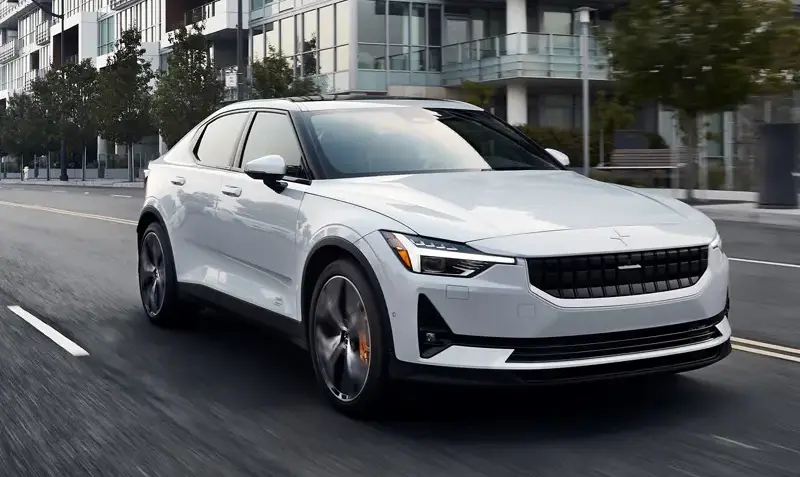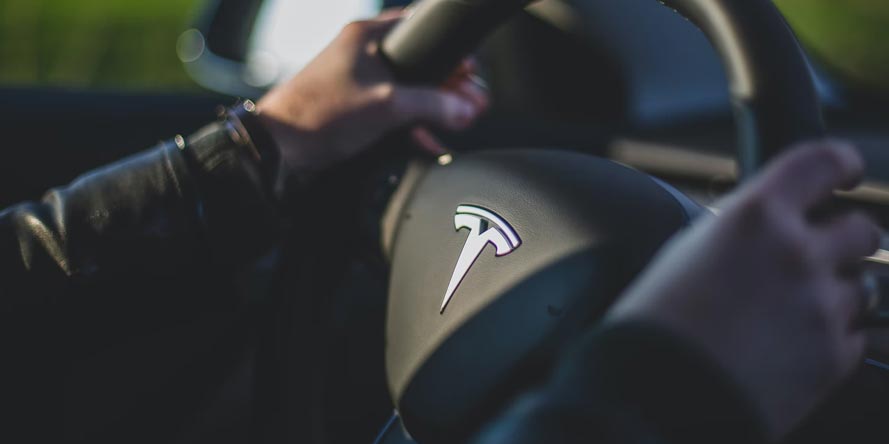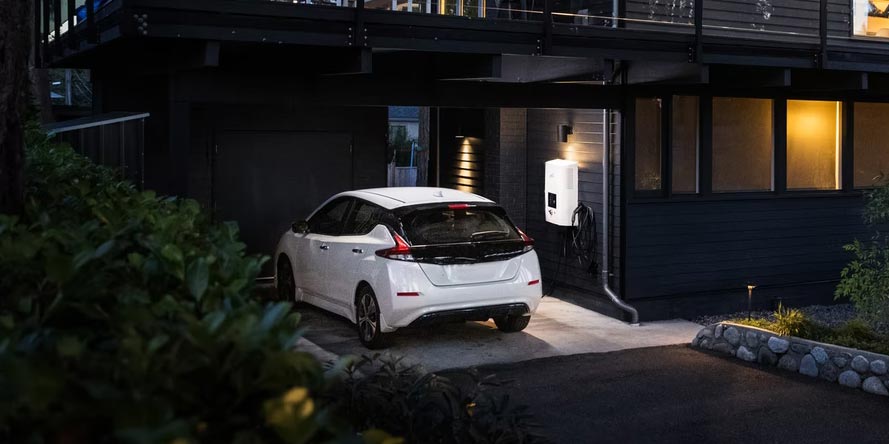Tips For Choosing An Electric Car
There has never been a better time to make the transition to electric vehicles (EVs) but it can appear to be a bit of a minefield and a daunting step to make. However, EVs are undoubtedly the future of motoring so here is a guide to choosing an electric car and all the things that you need to consider.

Lease it
First and foremost you should consider leasing an EV rather than buying one. At the moment EVs are more expensive to buy than petrol/diesel vehicles and while that will even out as EV technology develops, it makes financial and practical sense to lease anyway. You are only paying for the cost of depreciation to the leasing company, and your service and maintenance is included in the monthly cost, so leasing is much cheaper and more manageable, and this cost saving means you can choose from a higher spec of EV than the comparable cost of buying a new vehicle.
Think about your lifestyle
By far the biggest factor in choosing an EV is the range of the vehicle, ie. how far can it go on a single charge. As you would expect, the cost of an EV is roughly based on the capacity of its battery, so an EV that can go over 200 miles on a single charge will cost more than one that can go only 100 miles. So what kind of electric car do you need? A high-spec Tesla Model S has a range of over 200 miles, for example, but if you are just doing 20 miles a day or something like that, you might not need an EV in that cost bracket. So think about the kind of range you need and where are you most likely to charge?

Test drive
Like any car that you buy, you want to know how an EV performs, so arrange a test drive. EVs are very different to drive compared to a vehicle with traditional fuel. An EV achieves maximum torque from standstill, so acceleration is much different, and most EVs use a regenerative braking system, which saves kinetic energy from the braking process and uses it for battery power. Of course an EV is much quieter also, and it has a lower centre of gravity due to the position of the battery, so an EV is much zippier and while this is brilliant to drive, it can take some getting used to.
Research home charging
You can use a three-pin plug to charge your EV but there might not be enough hours in your day to do it. You can get a Government grant to help fund the installation of a 7 kWh home charger, which is much faster and will charge your EV overnight while you sleep. Alternatively, you might need to use public charging, or rapid charging for longer trips. These are usually pay-as-you-go or paid through an app. And you should also use ZapMap to work out which of the 30,000 - and counting - public charging points are near you.

Best tech available
As you might expect, EVs are now utilising the best in-car tech available. This can be safety features, Sat Nav technology or infotainment. Some EVs also use an app which can help you schedule charging to take advantage of low energy prices, journey planning and some can even be set to pre-heat your car and pre-clear the windows on a freezing cold day.
Driving style
Just like driving a traditionally-fuelled car, your driving style can affect the efficiency of your motoring, but now you are using up charge rather than fuel. So think about how you use the air conditioning, how you accelerate, how often you need to idle in traffic or while waiting somewhere, and how heavy you brake. All these things can be improved to make an EV more cost-effective.




























